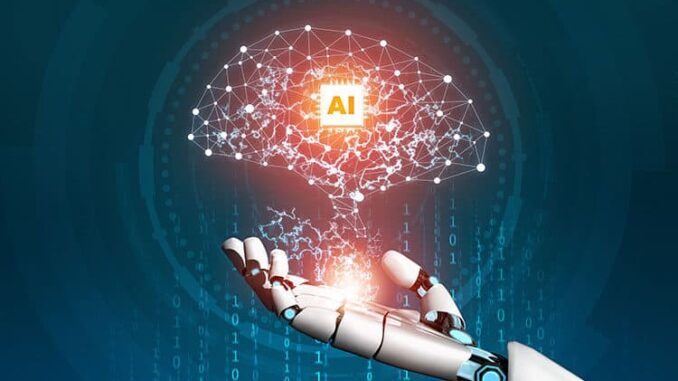
Acceptable practices for AI development are essential for ensuring that AI systems are ethical, reliable, and beneficial to society.
Organizations should adopt and implement a set of guiding principles and best practices throughout the AI development lifecycle. Here is an outline of these acceptable practices:









### 1. **Ethical Framework Establishment**
– **Define Ethical Guidelines**: Develop comprehensive ethical guidelines that govern AI development, aligning with organizational values and societal norms.
– **Engage Stakeholders**: Include diverse stakeholders (e.g., ethicists, users, affected communities) in the guideline formation process to capture various perspectives.
### 2. **User-Centered Design**
– **User Involvement**: Involve end-users and impacted communities in the design phase to understand their needs, challenges, and perceptions.
– **Accessibility**: Ensure that AI systems are accessible to all users, taking into account diverse abilities and backgrounds.
### 3. **Diversity and Inclusion**
– **Diverse Teams**: Assemble interdisciplinary teams with diverse backgrounds to minimize bias and enhance creativity in problem-solving.
– **Inclusive Data Practices**: Strive to collect representative data that captures the diversity of the intended user population.
### 4. **Data Ethics and Governance**
– **Informed Consent**: Ensure that users are informed about data collection practices and how their data will be used. Obtain explicit consent when necessary.
– **Data Minimization**: Collect only the data that is necessary for the specific AI application to reduce privacy risks.
– **Secure Data Handling**: Implement robust data security measures to protect sensitive information from breaches or unauthorized access.
### 5. **Bias Mitigation**
– **Bias Audits**: Conduct regular audits to identify and mitigate biases in data, algorithms, and AI outcomes, ensuring fairness across demographic groups.
– **Fair Algorithms**: Utilize fairness-aware algorithms and model evaluation practices that prioritize equitable performance.
### 6. **Model Robustness and Safety**
– **Test for Robustness**: Rigorously test AI models for robustness against adversarial attacks and unexpected inputs to ensure reliability and safety.
– **Scenario Testing**: Conduct scenario analysis, including extreme case testing to evaluate how models respond in various contexts.
### 7. **Transparency and Explainability**
– **Model Explainability**: Design AI models that provide clear explanations for their decisions, making them interpretable to users and stakeholders.
– **Documentation**: Maintain thorough documentation throughout the AI lifecycle, detailing design decisions, data sources, model behavior, and ethical considerations.
### 8. **Regulatory Compliance**
– **Adherence to Laws**: Ensure compliance with relevant laws, regulations, and industry standards related to AI, data protection, and user privacy.
– **Ethical Reviews**: Conduct regular ethical reviews of AI projects to ensure compliance with internal guidelines and regulatory requirements.
### 9. **Monitoring and Evaluation**
– **Continuous Monitoring**: Implement systems for ongoing performance evaluation and monitoring of deployed AI systems to identify and address issues promptly.
– **Impact Assessment**: Carry out regular assessments to evaluate the social, economic, and environmental impact of AI systems.
### 10. **Clear Accountability Structures**
– **Define Responsibilities**: Clearly define roles and responsibilities for team members involved in AI development, ensuring accountability at all stages.
– **Incident Response Protocols**: Establish protocols for addressing incidents, failures, or ethical breaches related to AI systems.
### 11. **Public Engagement and Communication**
– **Stakeholder Communication**: Communicate openly with stakeholders about the development, purpose, and implications of AI systems.
– **Feedback Mechanisms**: Implement channels for users and impacted communities to provide feedback regarding AI systems and their operation.
### 12. **Learning and Adaptation**
– **Continuing Education**: Promote a culture of learning and continuous improvement among teams working on AI, ensuring they stay informed about best practices and advancements.
– **Adaptability to Change**: Be prepared to adapt AI practices and systems in response to new insights, user feedback, regulations, or technological advances.
### Conclusion
Implementing these acceptable practices in AI development fosters trust, accountability, and social responsibility. Organizations must commit to these practices at every stage of the AI lifecycle, from conception to deployment and beyond, to ensure that AI technologies are beneficial, fair, and aligned with societal values.

Leave a Reply